Kathryn (K.E.) Ormsbee is the author of several Middle Grade and Young Adult novels. She was born and raised in the Bluegrass State and now lives in Salem, Oregon. Visit her online @kathsby.
Molly Brooks is the author and illustrator of the Sanity & Tallulah graphic novel series as well as the illustrator of Flying Machines and many other short comics. She grew up in Tennessee and now lives in Brooklyn. Visit her online @mollybrooks.
I had the opportunity to interview both Kathryn and Molly which you can read below.
First of all, welcome to Geeks OUT! Could you tell us a little about yourselves?
Kathryn: Hey there! I’m the author of books for kids and young adults, including Tash Hearts Tolstoy and The House in Poplar Wood. I live in the PNW with my wife Alli and our dog Cleo. I also make candles with macabre themes and punny titles, which I sell locally, and I’ll be opening my online shop, The Ginger Cauldron, in August 2022.
Molly: I’m an illustrator and graphic-novelist living in Brooklyn with my wife and three cats. I wrote and drew the Sanity & Tallulah book series, and a serialized novel-length wlw Webtoon called Power Ballad. When I’m not drawing, I knit a LOT, watch very old tv shows, and occasionally bake.
How would you describe your new graphic novel, Growing Pangs? What can readers expect from the characters?
Kathryn: Growing Pangs centers around sixth grader Katie’s experience with OCD and anxiety in the midst of her first year of middle school and her first major friendship breakup. The story is based on my own tweenhood in the early aughts and features lots of elements drawn from my life experience, including homeschooling, mental health struggles, a lingual frenectomy, suburban Kentucky life, summer camp adventures, and musical theatre nerdom.
Molly: I love how real the friendships are in this book- the uncertainty and insecurity of the middle school years gets into the cracks of everything, and that comes through in a really authentic way.
How did the two of you become interested in comics?
Kathryn: I devoured graphics-heavy books and newspaper comics as a kid. In fact, I would consistently yank the comics out of our family’s paper before anyone else could and only begrudgingly relinquish them after breakfast, at which point they were usually stained with Toaster Strudel icing.
It wasn’t until college, when a fellow English major and I were gushing over favorite books, that my friend brought up Art Spiegelman’s Maus books and lent me their copies. That reading experience opened my eyes to the world of graphic novels, and from that moment on, I was obsessed with the medium.
Molly: I’ve always been fascinated by the way words and pictures interact to tell a story. As a kid, picture books segued directly into X-Men trades, but finding series like Sailor Moon and Ranma 1/2 in middle school really opened my eyes to the ways white space, panel shape, and other compositional tools could affect pacing and mood. It made me really excited to try making my own, and I haven’t stopped since.
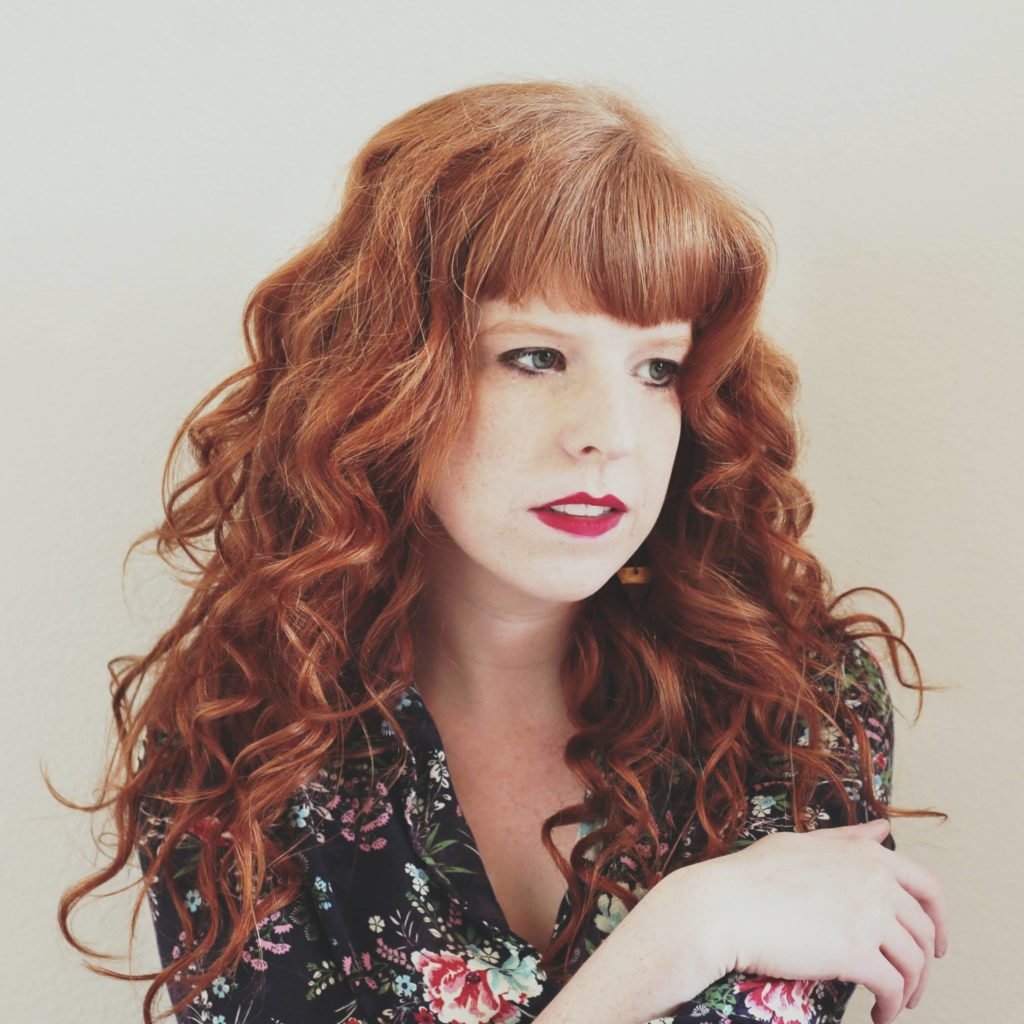
For those curious about what goes into a graphic novel, how would you describe working on it together?
Kathryn: Growing Pangs began as a text-only proposal, complete with sample pages that I formatted in a way that made the most sense in my head: a color-coded, screenplay-esque system that included narration, dialogue, sound effects, panel descriptions, and panel sizes. Once the book was under contract, my editors at Random House approached Molly about illustrations, and I maaay have crossed my fingers for days as I waited to hear back on the news. (It was good news! Molly said yes!)
During the early stages of edits, I continued to work on text-only revisions, and then, once the manuscript was sufficiently cleaned up, my editors sent it over to Molly. When I got the first draft that incorporated Molly’s drawings, I was over the moon. My favorite part of the later stage of the publishing process is seeing cover art for the first time, and this was that experience times 256 pages! Molly had taken all of my descriptions and brought them to life. She completely understood the heart and vibe of Katie’s story and translated that beautifully onto the page.
From there on out, revisions took into account all the ways that the text and images intersected. Both Bex Glendining and Elise Schuenke did coloring, and I got the immense thrill of watching my story become more and more colorful with each subsequent revision.
Molly: This is only the second graphic novel I’ve drawn from someone else’s script, so I wasn’t sure what to expect. There isn’t really a standardized script format in comics, the way there is in film; every writer is different. Kathryn’s script was very clear and easy to work from! It was also apparent that she had really taken the images into account when writing. Even when I’m drawing from my own scripts, I end up having to make lots of changes and adjustments as I go, because I get too excited about telling the story with words and forget what the imagery can bring to the table. It showed a lot of trust that Kathryn left so much space in her story for the art, and it made drawing the book really really fun.
How would you describe your individual writing/ illustrating processes?
Kathryn: Half of me craves order and scheduling, and the other half thrives on spontaneity. As a result, I don’t have any set writing schedule, and my approach to different writing projects can vary drastically. One thing that does stay pretty consistent is that when I’m first drafting a project, I go into what my wife and friends know as “Hermit Mode.” I close myself into an office, write all day, and emerge only for basic human needs. This usually lasts anywhere from two weeks to a month, and after that period, life gets way more normal and structured. Drafting is the most difficult stage of writing for me; I honestly prefer revisions, because I at least have raw material to work with. Those revisions—with myself, my agent, editor, critique partners, etc.—are where my story really takes shape.
Molly: I am very methodical in this ONE aspect of my life, so here it is, in far too much detail:
I always start by drawing rough thumbnail sketches of the entire book, to make sure there aren’t any obvious pacing issues. Then I create an InDesign document with all the margins and bleed ready for print and all text roughly set, and a separate ClipStudio file with all the panel borders drawn in. I export both versions of each spread as jpgs, and combine them into a multi-layer Photoshop file that I can place back into the InDesign document. I do all the pencils (a tight sketch version of the book) and speech bubbles in Photoshop. Once the pencils have been approved, I print them in light blue on smooth bristol board, and ink directly over them with a G-pen nib and Koh-i-Noor rapidograph ink. I scan the inks, clean them up digitally, and place them back into the photoshop files.
It’s definitely not the most efficient way to work, but it’s the process I’ve gradually developed through trial and error that eventually gets me to a finished book.
In most cases, I then color using fill layers in Photoshop, but on Growing Pangs I passed off the finished linework to Bex Glendining and Elise Schuenke to be transformed by their far superior coloring skills.
(For Kathryn Ormsbee) As a writer, how did you find yourself becoming a writer? What drew you to young adult and middle grade fiction specifically?
Kathryn: I have an extremely boring author origin story. I’ve loved books from the time I learned to read, and the library and local indie bookstore were my two happy places growing up. I was determined to write the Next Great Epic Fantasy at the age of eleven. (And I got about six pages into my Lisa Frank spiral notebook before I gave up that dream. But not the dream to write!)
All that to say, I always loved writing, but I didn’t think it was possible to become a published author; I assumed that was just as attainable as the presidency. Then, when I was eighteen, I read an interview with Stephenie Meyer in which she mentioned cold querying agents. That put the fire under my butt to finish my first novel, query agents, and—very luckily!—sign with an agent when I was nineteen. Three years later, The Water and the Wild sold to Chronicle Books. That novel was inspired by some of my all-time favorite novels from childhood: Alice in Wonderland, The Gammage Cup, and the Chronicles of Narnia. I had been inspired, comforted, and validated by countless books as a kid and teen, so writing both MG and YA was the most natural decision in the world. I wanted to contribute to the body of literature that had profoundly impacted me as a kid.
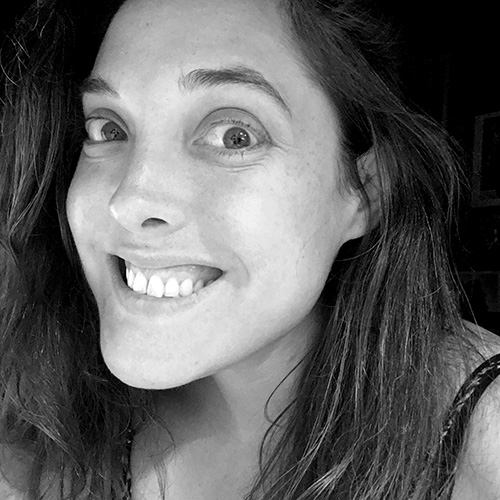
(For Molly Brooks) As an artist, who or what would you say are some of your greatest creative influences and/or sources of inspiration?
Molly: In terms of comics structure, Scott McCloud’s Understanding Comics and Will Eisner’s Comics and Sequential Art were both transformative influences early on. In terms of illustration style, I adore the work of Ralph Steadman, Aubrey Beardsley, Yuko Shimizu, John Hendrix, and the Hatch Showprint letterpress studio. In terms of storytelling, perennial favorites include P.G. Wodehouse, Douglas Adams, Terry Pratchett, Rumiko Takahashi, and N.K. Jemisin.
As queer creators, what does LGBTQ+ representation mean to you?
Kathryn: Oh man, LGBTQ+ rep means everything to me. I saw and read so little of it growing up, and I know that I would’ve been able to understand and love my own queerness much earlier in life if I’d seen my experience reflected on the page. That’s why incorporating that rep into my own books is so important now.
Molly: It’s vital. Feeling seen and reflected back is obviously so important for kids who are struggling to build themselves, but having the reality of queer people’s existence acknowledged is important at any age, and for every reader, not just queer ones.
What’s a question you haven’t been asked yet, but wish you were asked (as well as the answer to that question)?
Kathryn:
Question: What are some amazing independent bookstores?
Answer: Independent bookstores in general are amazing, and some indie bookstores that have made a massively positive impact on me are Brave and Kind Books (Decatur, GA), BookPeople (Austin, TX), Powell’s Books (Portland, OR), Joseph-Beth Booksellers (Lexington, KY), and Parnassus Books (Nashville, TN).
Molly:
(Parnassus Books is near my parents’ house in Nashville, and I can confirm it’s amazing!)
Question: What sorts of projects do you hope to work on in the future?
Answer: I want to try my hand at prose SFF, nonfiction comics about knitting, and YA romance GNs involving time travel. I’d love to try writing a graphic novel for someone else to draw.
Also, my brother is a really talented screenwriter, and I would love to collaborate with him on a comic someday!
What advice would you give to aspiring writers and artists?
Kathryn: One of my biggest pieces of advice is that if you receive writing advice that doesn’t resonate with you? You can toss it! When I was younger, I would get caught up in advice that I heard about the best way to outline a novel or the optimal time of day to write or the only right way to map out a character’s arc. But every writer is unique. There are certainly some basic writing rules that you’ll want to follow and there are tools and approaches that can significantly help your growth as a creator, but in the end, you know what works for you. Some folks plot, some folk pants, some do a little of both. Some folks wake up at 5 AM every morning and write for two hours, and some folks go years between writing projects. In the end, you just have to find an approach that complements your life and personality. And once you do? Don’t let anyone—no matter their credentials or publishing history—shame or scare you out of your own unique creative process.
Molly: Start with small projects. Don’t start with an epic eight book series; start with an eight page zine. Or an eight panel gag! Small projects prepare you for bigger ones, and they’re much easier to finish. Finishing things levels you up. Don’t let your insecurities keep you from getting things done, but also don’t be afraid to critique your finished product with an eye to doing better next time.
Finally, what LGBTQ+ books/comics would you recommend to the readers of GeeksOUT?
Kathryn: So many, but I will limit myself to seven:
Hazel Bly’s Theory of Evolution by Lisa Jenn Bigelow
Felix Ever After by Kacen Callender
In the Role of Brie Hutchens by Nicole Melleby
The Mighty Heart of Sunny St. James by Ashley Herring Blake
The Best Liars in Riverview by Lin Thompson
And I am champing at the bit to read these two new releases this spring:
Nothing Burns as Bright as You by Ashley Woodfolk
A Little Bit Country by Brian D. Kennedy
Molly:
The Luminous Dead by Caitlin Starling
Winter Tide by Ruthanna Emrys
Beneath the Citadel by Destiny Soria
Dread Nation (and sequel Deathless Divide) by Justina Ireland
Gideon the Ninth (and sequels) by Tamsin Muir
This Is How You Lose The Time War by Amal El-Mohtar and Max Gladstone
Empress of Forever by Max Gladstone
Chronin (Book 1 & 2) by Ben Wilgus
We Set the Dark on Fire (and sequel We Unleash the Merciless Storm) by Tehlor Kay Mejia
I’m also super stoked for Mattie Lubchansky’s upcoming book, BOYS’ WEEKEND, and will be nabbing it just as soon as it exists.

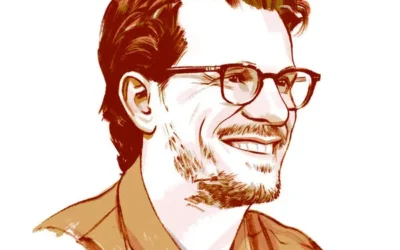
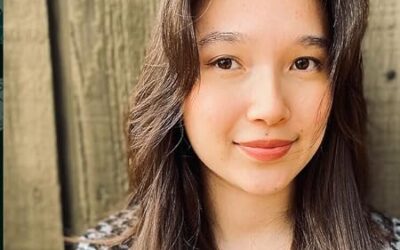
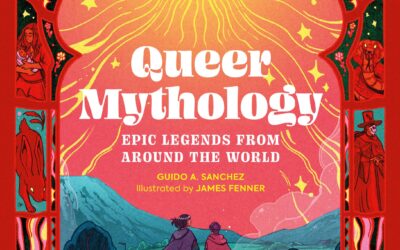

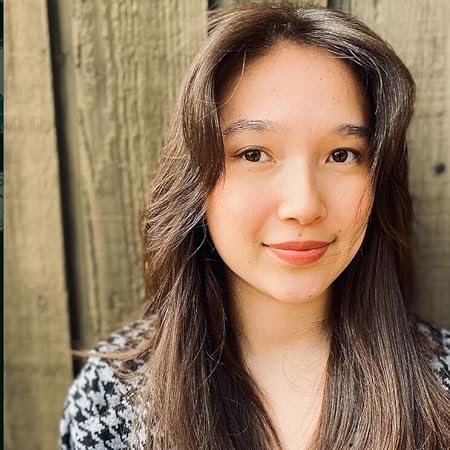
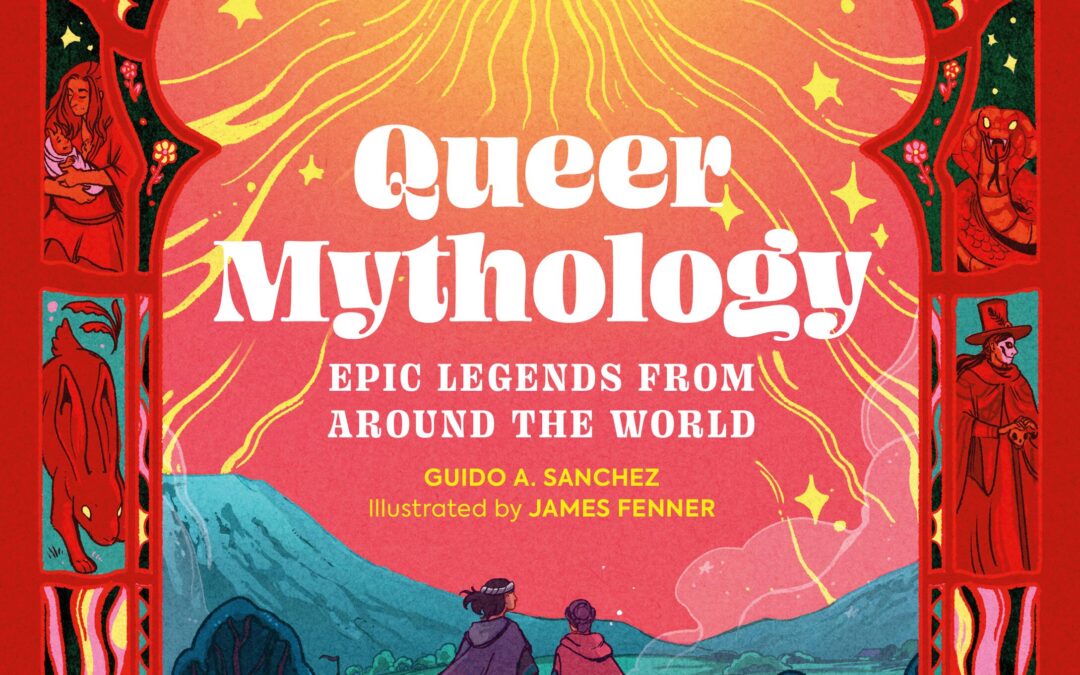
0 Comments